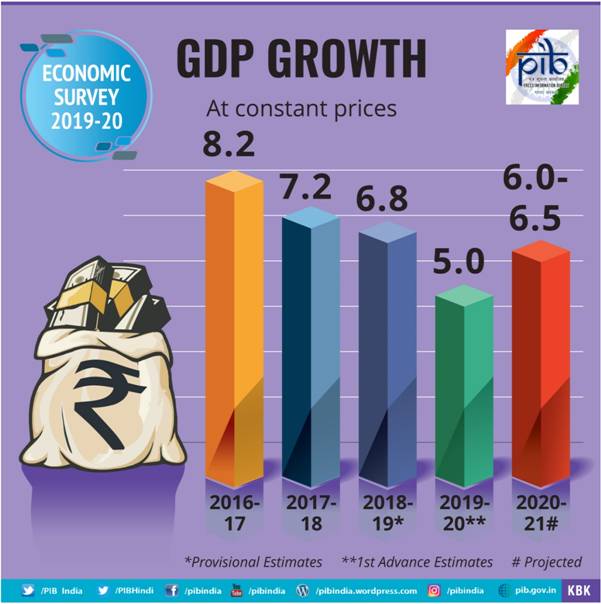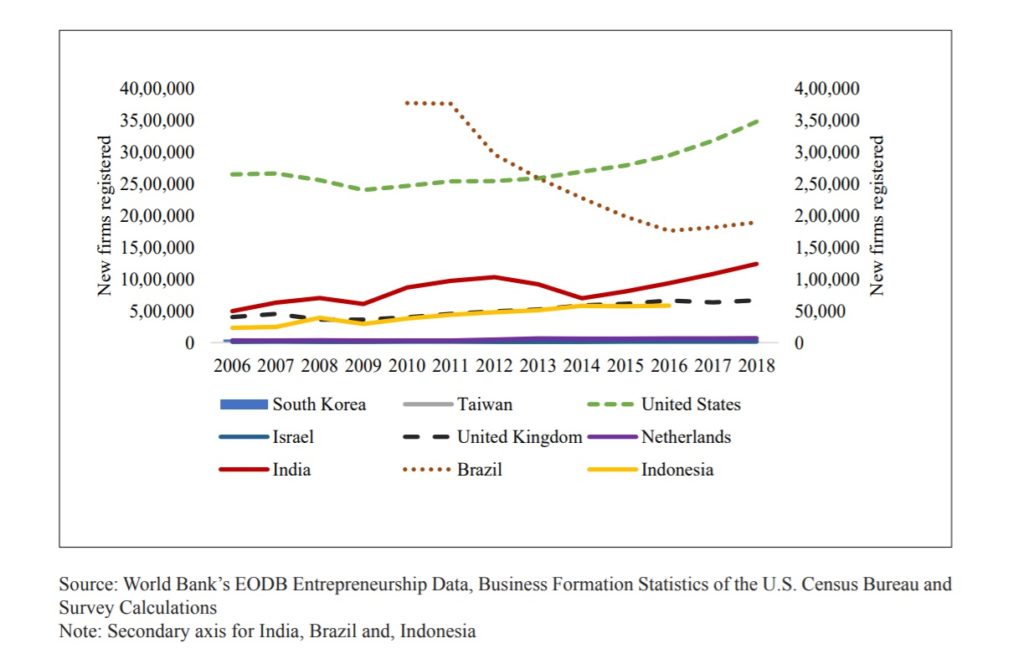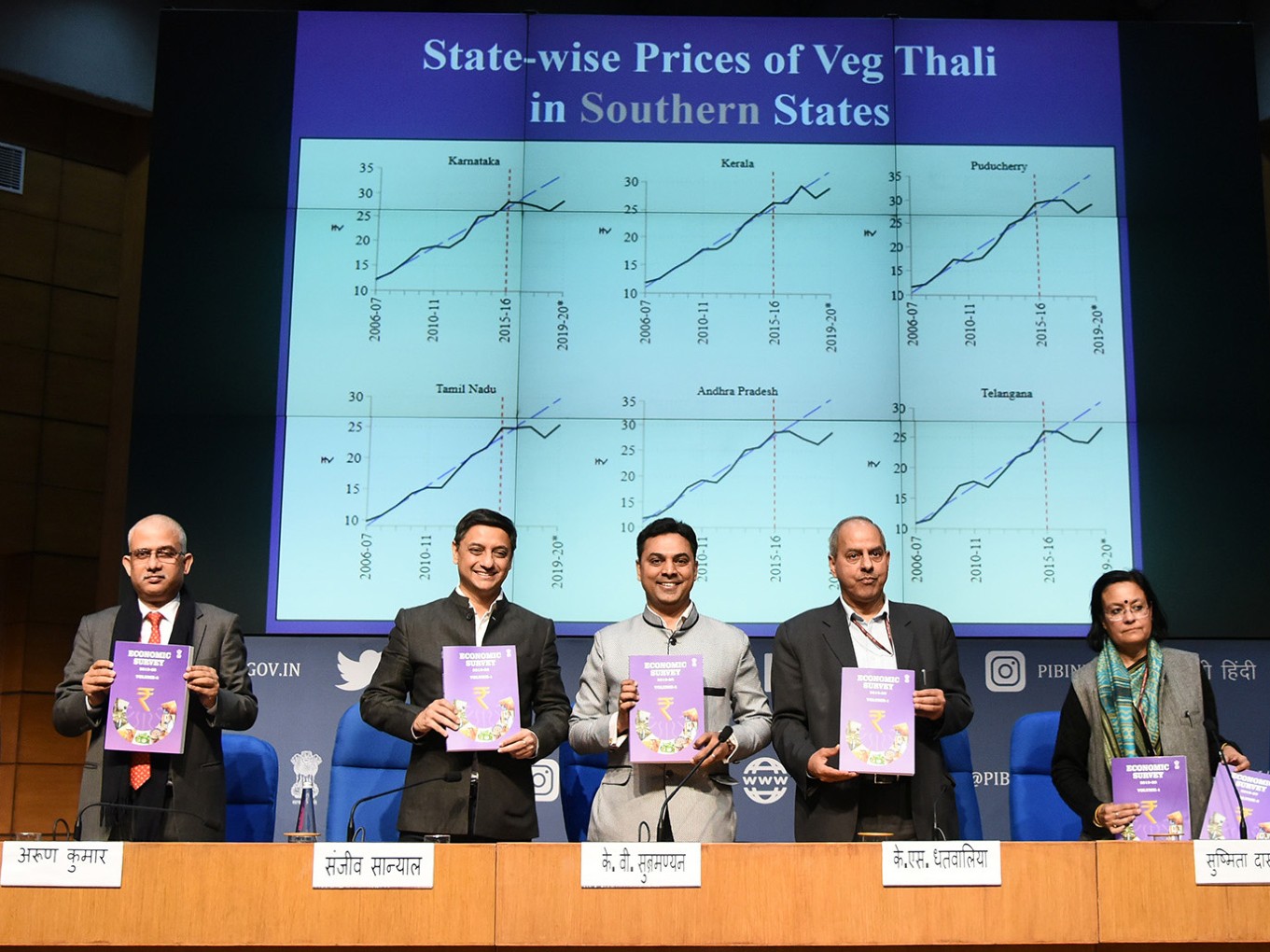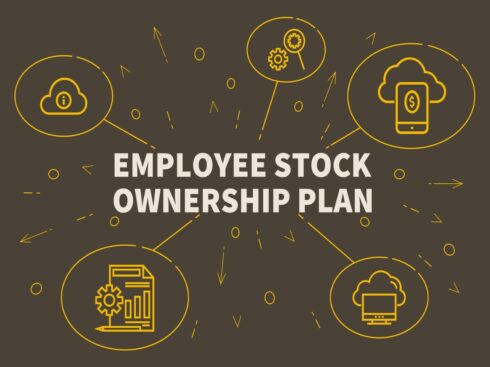SUMMARY
From about 70K new firms created in 2014, the number has grown to 124K new firms in 2018
2.62 Cr new jobs created in rural and urban areas between 2011-12 and 2017-18
India’s GDP growth is expected to grow in the range of 6.0 to 6.5% in 2020-21: Economic Survey 2019-2020
Inaugurating the Budget Session of the Parliament, as the President of India Ram Nath Kovind applauded the Indian government for its digital India, Startup India initiatives, RuPay and UPI transactions, GeM and for improving ease of doing business, finance minister Nirmala Sitharaman tabled the Economic Survey 2019-2020 in Parliament.
The Survey has come up with “Thalinomics: the Economics of a Plate of Food in India” quantifying what a common person pays for a thali across India. And, by the way, besides quoting Bhagavad Gita, Rig Veda, Aristotle, Confucius and Adam Smith, the Economic Survey also relies on Wikipedia as its source for some of the data.
Interestingly, it circumvents the ‘Truth or Dare’ category questions of economic slowdown, joblessness, and falling exports, GDP growth and lowest consumer spending, and blames global scenario in most of these cases.
For instance, take these:
“Amidst a weak environment for global manufacturing, trade and demand, the Indian economy slowed down with GDP growth moderating to 4.8% in H1 of 2019-20, lower than 6.2% in H2 of 2018-19.”
Despite acknowledging the fact separately that Bangladesh, Vietnam and China are able to progress in the value chain by increasing their competitiveness in the international market by improving their delivery time and domestic production capacity, when it comes India’s exports, it marks,
“Export growth remains subdued with external demand weakened by the slowdown in global investment, output and heightened trade tensions, notwithstanding resilient service exports.”
In a classic case of blame-game, either the recent IMF report which blamed India for the global slowdown or the Economic Survey which blames on the global slowdown or both have their logical fallacies.
Let’s take a look at the highlights of the Economic Survey 2019-2020.
GDP To Grow At 6-6.5% In 2020-2021
“It seems like we have hit a trough (in the business cycle) now and there should be an uptick.” – CEA Subramanian
Bad days are over, the GDP growth rate will only improve now, at least if the survey is to be believed. On a net assessment of both the downside and upside risks, India’s GDP growth is expected to grow in the range of 6.0 to 6.5% in 2020-21 and if the government uses its strong mandate to deliver expeditiously on reforms, it will enable the economy to strongly rebound in 2020-21.

Amidst a weak environment for global manufacturing, trade and demand, the Indian economy slowed down with GDP growth moderating to 4.8% in the first half of 2019-20, lower than 6.2% in the second half of 2018-19. A sharp decline in real fixed investment induced by a sluggish growth of real consumption has weighed down GDP growth from 2nd half of 2018-19 to 1st half of 2019-20.
On former CEA Arvind Subramanian and many other economists’ concerns over-inflating the GDP growth rate, the survey says
“Concerns of a misestimated Indian GDP are unsubstantiated by the data and are thus unfounded.”
India And Entrepreneurship In The Global Arena
Terming better education, infrastructure, EoDB and Startup India initiative as the key reasons behind India capturing the third position globally in terms of the number of new firms created. Citing World Bank data, the survey states that new firm creation has gone up dramatically in India since 2014. While the number of new firms in the formal sector grew at a cumulative annual growth rate of 3.8% from 2006-2014, the growth rate from 2014 to 2018 has been 12.2%.

As a result, from about 70K new firms created in 2014, the number has grown by about 80% to about 124K new firms in 2018.
The entrepreneurial activity in the manufacturing sector is highest in Gujarat, Meghalaya, Puducherry, Punjab and Rajasthan. Measures to increase the literacy levels rapidly through the institution of more schools and colleges will spur entrepreneurship and consequently local wealth creation, the survey observed.
According to the report, literacy and education in districts foster local entrepreneurship significantly. For instance, the eastern part of India has the lowest literacy rate of about 59.6% according to the census of 2011. This is also the region in which new firm formation is the lowest. In fact, the impact of literacy on entrepreneurship is most pronounced when it is above 70%.
The better connectivity of villages through tar roads will likely improve access to local markets and improve entrepreneurial activity. The policies that foster ease of doing business and flexible labour regulations foster entrepreneurial activity, especially in the manufacturing sector. As the manufacturing sector has the potential to create the maximum jobs, states must focus on enabling ease of doing business and flexible labour regulations to foster job creation, the survey said.
Opening Markets To Lead Wealth Creation
The #EconomicSurvey 2019-20 focuses on wealth-creation for 130 crore Indians. It outlines a multi-faceted strategy to achieve a $5 trillion economy through enterprise, exports, ease of doing business and more. – Narendra Modi
Bringing an openness in the market leads to wealth creation and this, in turn, helps boost the economic activity through increased investments. It also cites the importance of increasing the efficiency of public sector banks which have captured 70% of the Indian banking space.

The survey identifies several levers for boosting wealth creation, which are:
- Entrepreneurship at the grassroots
- Promoting ‘pro-business’ policies to generate wealth as against ‘pro-crony’ policies that may favour incumbent private interests;
- Eliminate policies that undermine markets through government intervention;
- Integrate ‘Assemble in India’ into ‘Make in India’ to focus on labour-intensive exports and thereby create jobs at a large scale;
- Efficiently scale-up the banking sector to be proportionate to the size of the Indian economy and track the health of the shadow banking sector;
- Use privatisation to foster efficiency
Better Credit Flow, Technology Upgradation For MSMEs
MSME is an important sector in terms of entrepreneurship and generates employment opportunities at lower capital cost. The ES lists a slew of government initiatives that ensure better credit flow, technology up-gradation, ease of doing business and market access.
Among these are: sanctioning 1,59,422 loans of worth INR 49,330 Cr, the interest subvention of 2% for all GST registered MSMEs on incremental credit up to INR1 Cr, making CPSUs to compulsorily buy at least 25% of their total purchases from MSMEs. Out of the 25% procurement mandated from MSMEs, 3% is reserved for women entrepreneurs.
India To Create 8 Cr Jobs By 2030
While 2.62 Cr new jobs created in rural and urban areas between 2011-12 and 2017-18 among regular wage/salaried employees, by integrating “Assemble in India for the world” into Make in India, India can create 4 Cr well-paid jobs by 2025 and 8 Cr by 2030.

As union minister for commerce and industry Piyush Goyal had earlier asked economists to refrain from mathematics mistakenly citing a wrong example that mathematics didn’t help Albert Einstein discover gravity, the Economic Survey, instead of bringing clarity on the gravity of current scenario of joblessness, focusses on jobs that are created and that might be created in future. By not addressing the economic slowdown, joblessness, and falling exports, GDP growth and lowest consumer spending head-on, the Economic Survey 2019-2020 seems to have skipped a beat.



























